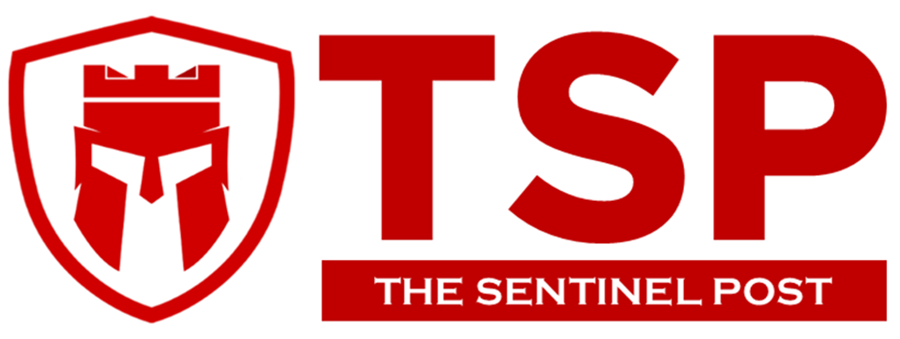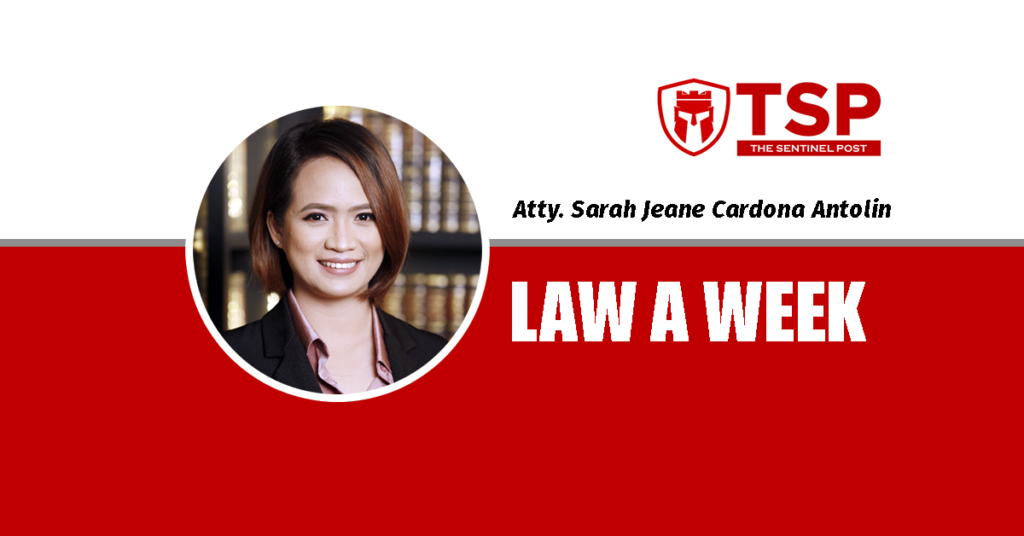What is the extent of employer’s liability on work-related injuries? At the outset it must be noted that for liability to attach to the employer in relation to injuries related to employment, the Supreme Court in the case of U-Bix Corp. v. Bandiola (G.R. No. 157168, 26 June 2007), ruled that the injury must be work-related. According to the Supreme Court, “[a]n injury is said to arise “in the course of employment” when it takes place within the period of employment, at a place where the employee may reasonably be, and while he is fulfilling his duties or is engaged in doing something incidental thereto.” Simply, the injury must occur during the time the employee is working or engaged in work.
However, the Supreme Court in Iloilo Dock & Engineering Co. v. Workmen’s Compensation Commission (G.R. No. L-26341, 27 November 1968), held that liability to employer may attach, among others, “where the employer, as an incident of the employment, provides the means of transportation to and from the place of employment”. It is worthy to state that under the Employees’ Compensation Program (“ECP”) of the Department of Labor and Employment, employer liability attaches for “[i]njuries resulting from an accident while the employee is inside the company shuttle bus.”
In the event of work-related sickness, injury, or death, private sector workers who are compulsory members of the Social Security System (SSS), including sea-based Overseas Filipino Workers (OFWs), house helpers and self-employed members, are included in the coverage under the ECP.the following are entitled to receive benefits and services under the ECP.
Benefits
1. Temporary Total Disability (TTD)
For a disability that prevents an employee from performing his work for a continuous period not exceeding 120 days • The amount of daily income benefit shall be ninety percent (90%) of the employee’s average daily salary credit as determined by the SSS.
2. Medical Services
It includes reimbursement of the cost of medicines for the illness or injury, payment to providers of medical care, hospital care, surgical expenses, and the costs of rehabilitation appliances and supplies. The medical services are limited to ward services of hospitals duly accredited by the Department of Health (“DOH”). Given this, we recommend checking with Kalinga Provincial Hospital if it is accredited by the DOH.
Please note that the following are excluded from medical services:
a. Extra charge for more comfortable accommodations such as private and semi-private rooms;
b. Personal comfort or convenience such as charges for the use of telephone, radio, or television; and
c. Private duty nurses
d. If the patient received a more expensive service, the SSS shall only pay for the ward services. However, private or semi-private accommodations shall be paid by the System when it is medically necessary or there is no immediately available ward bed.
Only necessary and relevant services shall be paid by the SSS.
e. Laboratory and/or radiology services or medicines shall be kept to a level considered by the physician reasonably necessary and relevant to the particular illness or injury. Ambulatory services in an accredited hospital shall be allowed only in case of injury.
i. Hospital Confinement
The benefits for each day of confinement in an accredited hospital shall only be for ward services.
The benefit in case of sickness and injury shall not exceed the actual cost of ward services in accredited hospital equipped with facilities necessary for the treatment of the disease and injury.
Confinement shall be counted in units of a full day, with the day of admission counted as a full day but not the day of discharge.
ii. Medicines
Medicine reimbursements shall be in accordance with the amount prescribed under Republic Act No. 9502, otherwise known as “Universally Accesible Cheaper Quality Medicine Act No. 2008”.
After the allowable HMO and/or PhilHealth benefits, if any, have been completely exhausted for a particular confinement or consultation, only the out-of-pocket expenses of the employee with work-related sickness or injury shall be the subject of claim for EC medical reimbursement.
The amount of reimbursement should not be higher than the actual amount paid by the said employee and the prevailing rates prescribed by the Commission.
Claim for EC medical reimbursement from the employer may only be allowed in case the employer has paid the hospitalization expenses of the employee with work-related sickness or injury.
3. Rehabilitation Services
These involve the provision of remedial treatment, vocational assessment and preparation, which is designed to meet the individual needs of each handicapped employee/SE member to restore him/her to suitable employment and to help each person with work-related disability (PWRD) to develop mental, vocational, or social potential.
Logbook
Under the ECP, every employer shall keep a logbook to record chronologically the sickness, injury, or death of their employees containing the names of the employees; dates, places, and nature of contingency; and absences.
Entries in the logbook should be made within five (5) days from notice of knowledge of the contingency. Within five (5) days after entry in the logbook, the employer shall report to SSS only those contingencies he deems to be work-related.
However, the mere absence of a logbook shall not result in the suspension of the evaluation of claim.
Rules on notification
The employer should be notified of the employee’s injury, within five (5) days from occurrence of the contingency. Notice is not necessary if the contingency occurred during working hours, at the place of work, and with the knowledge of the employer or representative.
All leave credits with pay for the current year need not be exhausted before a member can avail of sickness benefit under EC.
Qualifying Conditions
1. Member’s sickness, injury or death should be work-connected;
2. Employee has been duly reported to SSS; or member has been covered by SSS as SE effective 01 September 2020; and
3. SSS has been notified of such injury.
Where to file
Benefit claims may be filed at any SSS branch that is most convenient to the member or claimant.
Documentary Requirements
1. Certificate of Employment signed by the employer or his authorized representative including description of actual duties and responsibilities performed by the worker at the time of the contingency.
For injury claim, accident report signed by the worker’s immediate supervisor and by the human resource officer if the accident happened within the company premises.
Police report is needed if the accident happened outside the company premises.
2. Certified true copy of the page of the logbook containing the entry for the particular sickness or accident;
3 Medical findings of the attending doctor or the hospital records (certified true copy of the original).
When shall the EC claim be filed with the SSS?
The claim shall be filed with the SSS branch within three years from the date of the occurrence of the injury.
For more information, you may also refer to the link below:




